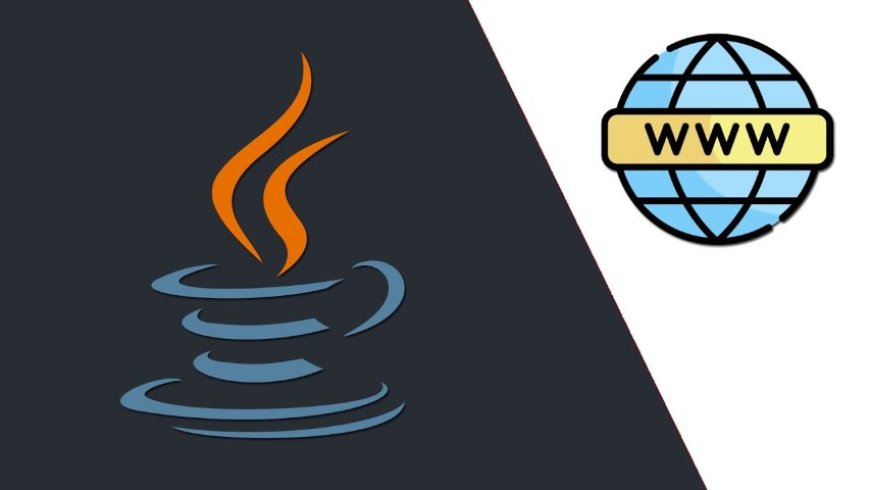Java 22, What's New?
The highly anticipated JDK 22 is here! Join us on a deep dive into the exciting world of Java Development Kit enhancements


Featuring a total of 12 JDK Enhancement Proposals (JEPs) that are set to revolutionize Java programming. If you're curious about these JEPs and other changes arriving in JDK 22, you'll find relevant links in the description below, including access to a recent JDK 22 release notes episode that we published for your convenience. Additionally, don't forget to click the link to receive notifications for our JDK 22 launch livestream later today, where we'll be hosting exclusive interviews with key JDK engineers, showcasing new features in JDK 22, and much more!
Let's kick things off with a closer look at the four final feature JEPs included in JDK 22. JEP 423 introduces support for Region Pinning in the G1 garbage collector, allowing critical JNI regions to operate without disabling garbage collection. Next up, JEP 454 finalizes the Foreign Function and Memory API (FFMAPI), offering significant improvements over JNI in terms of productivity, performance, and platform support. JEP 456 introduces Unnamed Variables & Patterns, streamlining code by replacing unused variables with underscores and enhancing code clarity and intent. Lastly, JEP 458 enables the launch of Multi-File Source-Code Programs, a step forward from the previous JEP 330 for launching single-file programs.
Moving on to the seven Preview JEPs in JDK 22, JEP 447 permits statements before super calls in constructors, enhancing constructor flexibility. JEP 457 establishes a standard API for class-files, aiming to facilitate smoother JDK version upgrades. JEP 461 introduces stream gatherers, providing intermediate operations for stream transformations. JEP 463 presents Implicitly Declared Classes and Instance Main Methods, refining rules for implicit class declarations and main method selection. Additionally, JEPs 459, 462, and 464 bring second previews for String Templates, Structured Concurrency, and Scoped Values, respectively, with minimal or no API changes.
Lastly, the incubator feature in JDK 22 is JEP 460, the Vector API, now in its seventh iteration of incubator status. The Vector API remains in incubator status pending the release of Project Valhalla features, offering a glimpse into the future of Java's capabilities.
In conclusion, JDK 22 introduces a plethora of enhancements and features that promise to elevate Java programming to new heights. Whether you're a seasoned Java developer or just starting your journey, JDK 22 opens up exciting possibilities and improvements that will shape the future of Java development.
 Like
0
Like
0
 Dislike
0
Dislike
0
 Love
0
Love
0
 Funny
0
Funny
0
 Angry
0
Angry
0
 Sad
0
Sad
0
 Wow
0
Wow
0
admin Jun 4, 2018 0 5.6k
admin Apr 12, 2023 0 1.1k
admin Jun 25, 2024 0 371
admin Jun 26, 2024 0 363
admin Sep 5, 2023 0 250
admin Apr 17, 2023 0 734
admin Apr 12, 2023 0 1.1k
admin Apr 10, 2023 0 984
admin Apr 8, 2023 0 160
admin Apr 7, 2023 0 419
Total Vote: 0
Games